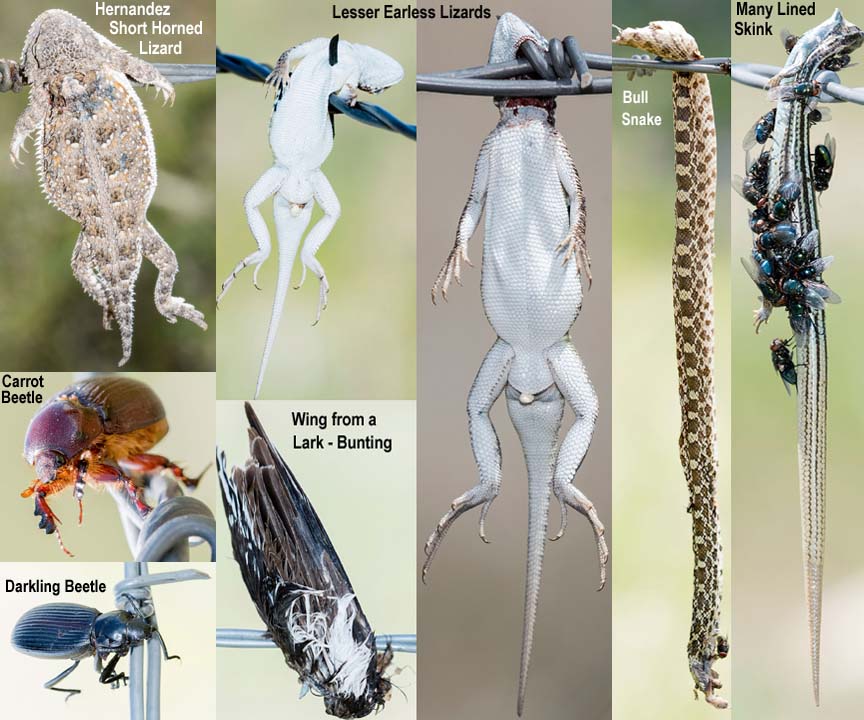
|
|
|
What's IotD? The interesting, amazing, or mind-boggling images of our days. |
|
IotD Stuff |
|
Permalink Latest Image |
|
|
|
Some folks who have noticed IotD
Neatorama |
|
Common image haunts
Astro Pic of the Day |
|
Advertising |
May 2nd, 2020 : Yikes Shrikes
The Northern Shrike lives in Siberia and North America but the Loggerhead Shrike is only in North America. A badass bird.
Because both have a habit of impaling prey on sharp twigs, thorns, and wire barbs, they’re both referred to as butcherbirds.
9 inches from bill to tail, wing length 3.82 inches, and tail length 3.87 inches. It weighs 45-60 grams for a healthy adult.

|
Loggerhead Shrikes eat insects and other arthropods, amphibians, reptiles, small mammals, and birds; they also sometimes feed on roadkill and carrion. Their staple foods include agricultural pests such as grasshoppers, beetles and rodents. Insects generally dominate the Loggerhead Shrike’s diet during breeding season, while winter brings a greater reliance on vertebrate prey. These include lizards, snakes, frogs, turtles, sparrows, goldfinches, ground squirrels, voles, mice, and shrews, to name just a few. These larger prey items could be examples of shrikes using the barbed wire not as a larder, but as a fork and knife, says Amy Chabot. “Shrikes don’t have a problem killing the item, but they have a problem ripping apart the food or carrying it with their songbird feet,” she says. The sharp fence wire “is a way to secure your food to take manageable bites.” |

| Loggerhead Shrikes maintain territories largely through songs and displays. Males challenge intruders with a wing-fluttering bow, like an intensified version of their prey-stalking display. Displaying rivals usually face away from one another, but may whirl to face each other or stamp the ground. Before nesting, several neighboring shrikes may gather together and call or display for several minutes. This may help establish territories in the neighborhood, promote pair formation, and help new arrivals find territories near already-established birds. Courting males feed and sing to females, perform a ritual dance, and/or perform a flight display. They are mostly monogamous, although females occasionally raise one brood with one male and then take up with another mate for a second brood the same season. |
link
link
link
glatt Saturday May 2 09:06 AM
fascinating.
fargon Saturday May 2 10:42 AM
They are not here we are right on the edge of their breeding area.
Birb.
lumberjim Saturday May 2 12:21 PM
Anyone read Hyperion?
Happy Monkey Saturday May 2 01:59 PM
Long long ago, and yet it was the first thing I thought of.
|
Your reply here?
The Cellar Image of the Day is just a section of a larger web community: a bunch of interesting folks talking about everything. Add your two cents to IotD by joining the Cellar. |